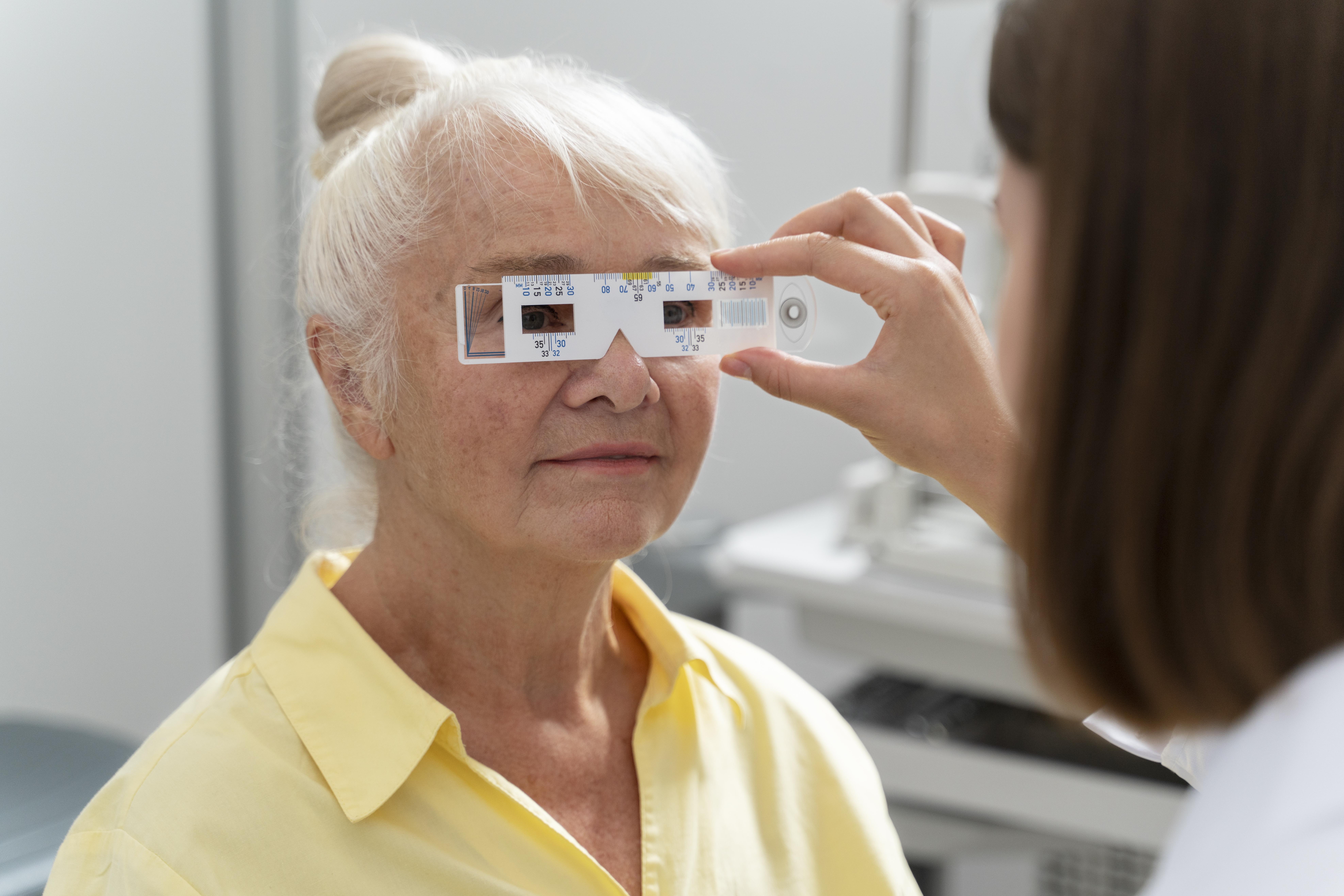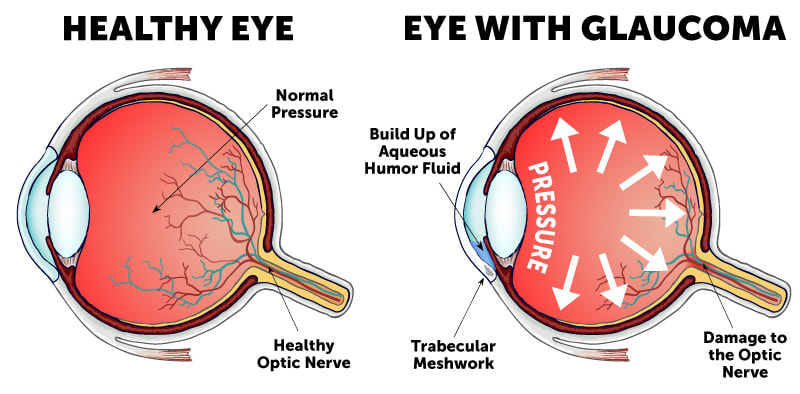Advanced Refractive Surgeries in AL: Crystal Clear Eyesight Without Glasses
Advanced Refractive Surgeries in AL: Crystal Clear Eyesight Without Glasses
Blog Article
Understanding the Different Vision Modification Procedures Available for Clearer View
In the world of vision modification treatments, a wide variety of choices exist to resolve refractive errors and give individuals with more clear view. From the widely recognized LASIK surgical procedure to much less invasive treatments like PRK and implantable lenses, the area of ophthalmology offers a variety of techniques tailored to suit different requirements and choices. Each treatment comes with its very own set of factors to consider, advantages, and possible risks. Understanding the nuances of these vision correction approaches is important for making educated choices about one's visual health. Let's explore the complexities of these procedures and lost light on the path to achieving boosted vision clearness.
LASIK Surgical Procedure
LASIK surgical treatment is an usual refractive treatment used to correct vision troubles such as farsightedness, nearsightedness, and astigmatism. This medical technique, which stands for Laser-Assisted in Situ Keratomileusis, intends to reshape the cornea to improve how light is concentrated on the retina, eventually improving vision clearness.
Among the main benefits of LASIK surgical treatment is the quick enhancement in vision experienced by patients. Several individuals discover a considerable improvement in their eyesight right away after the treatment. Furthermore, a lot of people report minimal discomfort and discomfort during the surgical treatment and recuperation period. The recuperation time for LASIK is fairly quick, with many individuals going back to their day-to-day tasks within a day or 2 post-operation. Generally, LASIK surgical treatment is a popular selection for individuals seeking a long-term service for their vision issues.
PRK Procedure
While also a typical refractive treatment, the PRK (Photorefractive Keratectomy) technique varies from LASIK surgical procedure in its strategy to remedying vision problems. In PRK, as opposed to producing a flap on the cornea, the external layer of the cornea, called the epithelium, is completely gotten rid of. This allows the laser to improve the cornea to correct refractive errors such as nearsightedness, astigmatism, and farsightedness straight on the surface.

In spite of the longer recuperation time, PRK can generate superb lead to vision renovation, making it a beneficial option for those who might not appropriate prospects for LASIK surgical procedure.
Implantable Lenses
As opposed to PRK where the cornea is reshaped directly, implantable lenses provide an additional technique for dealing with vision by putting man-made lenses inside the eye. This procedure is particularly beneficial for individuals with high levels of astigmatism, nearsightedness, or farsightedness who might not appropriate prospects for laser surgeries like LASIK or PRK.
Implantable lenses, likewise understood as phakic intraocular lenses, work by supplementing the eye's natural lens with a synthetic one. retina service near me. These lenses can be put in front of the all-natural lens (anterior chamber) or behind the iris and before the natural lens (posterior chamber) By adjusting the power and positioning of these lenses, eye doctors can successfully correct refractive errors check my site and enhance aesthetic skill
One benefit of implantable lenses is that they are exchangeable and removable, supplying versatility for future modifications. However, as with any procedure, there are risks entailed, such as infection or cataract development. People considering implantable lenses ought to seek advice from an eye treatment specialist to determine one of the most suitable alternative based on their private requirements and eye health.
Corneal Rings
Corneal rings, additionally called intracorneal ring sections, are small, clear gadgets inserted into the cornea to fix vision distortions such as keratoconus. Keratoconus is a condition where the cornea thins and protrudes outside, causing vision to come to be distorted. The insertion of corneal rings aids to flatten the cornea, boosting aesthetic acuity and reducing the irregular astigmatism triggered by keratoconus.
The treatment for inserting corneal rings is minimally invasive and relatively fast, frequently performed as an outpatient treatment. Throughout the surgical procedure, the eye doctor makes a tiny incision in the cornea and inserts the rings at a specific deepness. Once in position, the rings help to reshape the cornea, giving a smoother surface for light to go into the eye, which can cause more clear vision.
Corneal rings are taken into consideration a reversible treatment, as they can be gotten rid of or changed if essential. pop over to this site eyecare near me. While they might not completely remove the requirement for glasses or call lenses, corneal rings can considerably enhance vision high quality and overall aesthetic convenience for individuals with keratoconus or other corneal abnormalities
Refractive Lens Exchange
Adhering to the improvement of corneal irregularities with treatments like corneal rings, another vision adjustment strategy that can address refractive mistakes is Refractive Lens Exchange (RLE) RLE is a surgery that involves replacing the eye's natural lens with an artificial intraocular lens (IOL) to fix refractive errors such as presbyopia, farsightedness, and nearsightedness. This procedure is particularly useful for individuals who might not be ideal candidates for treatments like LASIK or PRK because of factors such as slim corneas or high refractive mistakes.

Verdict
In conclusion, there are numerous vision improvement treatments offered to help people accomplish clearer sight. LASIK surgical treatment, PRK procedure, implantable lenses, corneal rings, and refractive lens exchange are all choices that can attend to various vision concerns.
In the world of vision improvement procedures, a wide variety of alternatives exist to attend to refractive mistakes and give people with clearer view.LASIK surgical procedure is a common refractive treatment made use of to remedy vision issues such as astigmatism, farsightedness, and nearsightedness.While likewise a common refractive treatment, the PRK (Photorefractive Keratectomy) technique varies from LASIK surgical procedure in its method to remedying vision issues.Adhering to the improvement of corneal abnormalities with treatments like corneal rings, useful reference another vision modification technique that can attend to refractive mistakes is Refractive Lens Exchange (RLE) LASIK surgery, PRK procedure, implantable lenses, corneal rings, and refractive lens exchange are all choices that can attend to various vision concerns.
Report this page